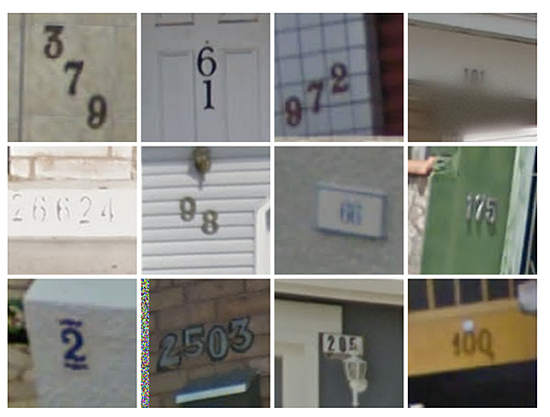Best of 2014: How Google Cracked House Number Identification in Street View
Google Street View has become an essential part of the online mapping experience. It allows users to drop down to street level to see the local area in photographic detail.

But it’s also a useful resource for Google as well. The company uses the images to read house numbers and match them to their geolocation. This physically locates the position of each building in its database.
That’s particularly useful in places where street numbers are otherwise unavailable or places such as Japan and South Korea where streets are rarely numbered in chronological order but in other ways such as the order in which they were constructed, a system that makes many buildings impossibly hard to find, even for locals.
But the task of spotting and identifying these numbers is hugely time-consuming. Google’s street view cameras have recorded hundreds of millions of panoramic images that together contain tens of millions of house numbers. The task of searching these images manually to spot and identify the numbers is not one anybody could approach with relish.
So, naturally, Google has solved the problem by automating it.
Keep Reading
Most Popular
Large language models can do jaw-dropping things. But nobody knows exactly why.
And that's a problem. Figuring it out is one of the biggest scientific puzzles of our time and a crucial step towards controlling more powerful future models.
How scientists traced a mysterious covid case back to six toilets
When wastewater surveillance turns into a hunt for a single infected individual, the ethics get tricky.
The problem with plug-in hybrids? Their drivers.
Plug-in hybrids are often sold as a transition to EVs, but new data from Europe shows we’re still underestimating the emissions they produce.
Google DeepMind’s new generative model makes Super Mario–like games from scratch
Genie learns how to control games by watching hours and hours of video. It could help train next-gen robots too.
Stay connected
Get the latest updates from
MIT Technology Review
Discover special offers, top stories, upcoming events, and more.